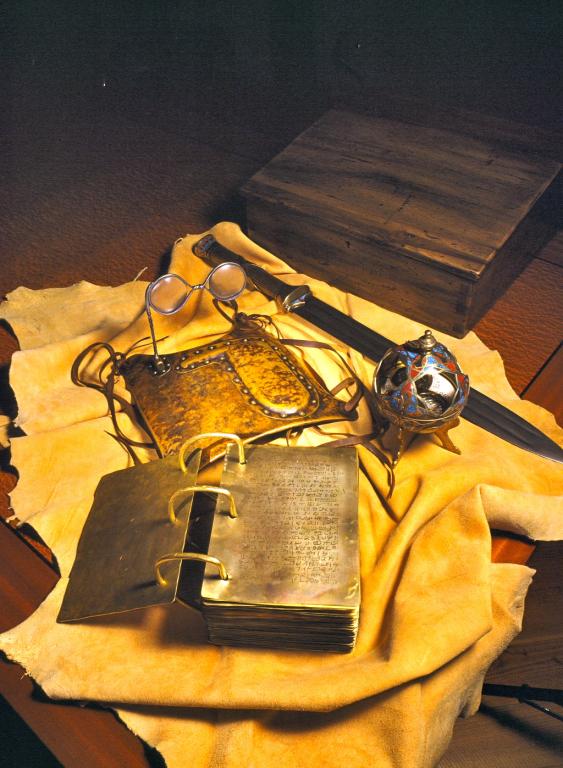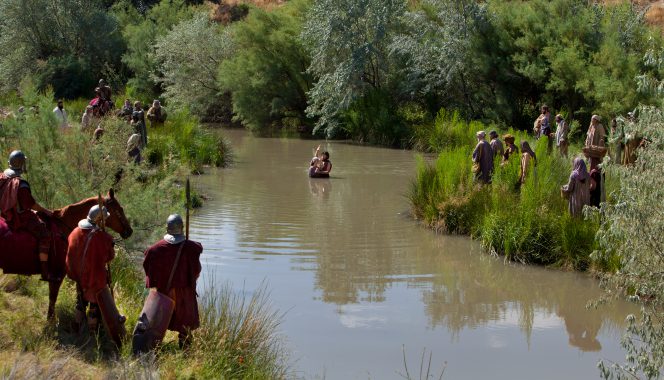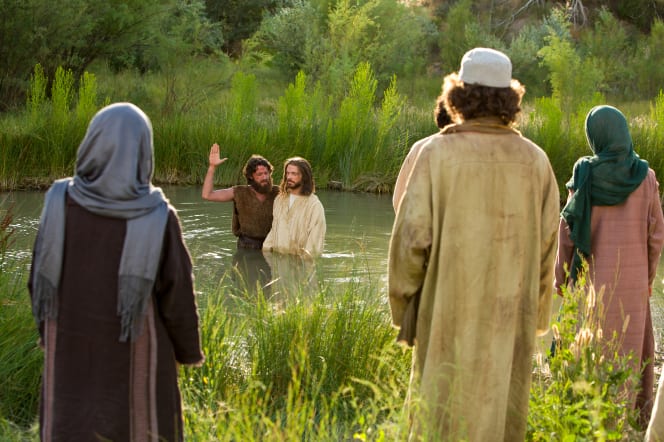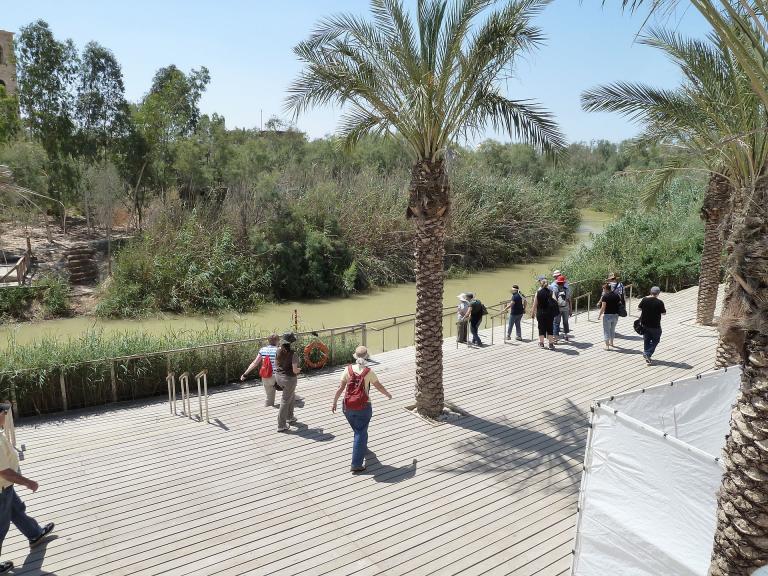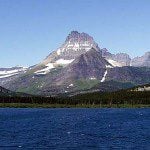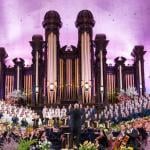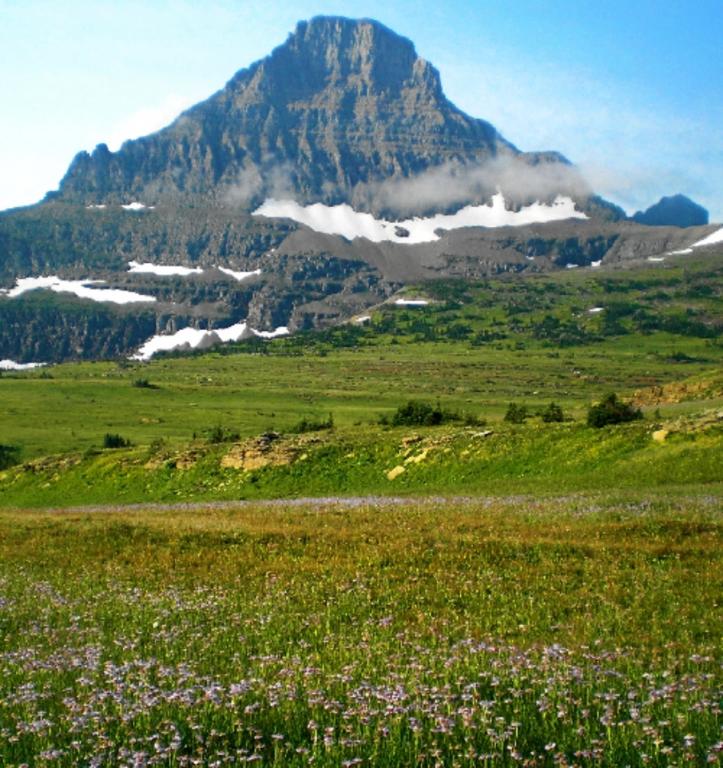
For a long time, I found one of the prophecies of Isaiah quite distressing:
Every valley shall be exalted, and every mountain and hill shall be made low: and the crooked shall be made straight, and the rough places plain. (Isaiah 40:4)
Even G. F. Handel’s magnificent musical setting of the prophecy in his Messiah wasn’t enough to win me over or cheer me up.
With apologies to those who live there, I haven’t been able to muster much enthusiasm for a messianic future in which the landscape of the entire planet is transformed into that of Kansas and Nebraska. I’m passionately attracted to the Alps and the Canadian Rockies, and to natural settings like them. I love oceans and beaches but, for me at least, it’s alpine mountains and meadows that speak most eloquently of the grandeur of God, that arouse in me what C. S. Lewis famously described as a sense of unquenchable yearning, of “pure northernness,” for which he borrowed the evocative German term Sehnsucht.
For that matter, though, I’m also inspired by such places as the Grand Canyon. I have no desire to see it flattened out and paved over, not even with streets of gold. (“They paved paradise and put up a parking lot.”)

We drove through Glacier National Park today, up and over Logan Pass via Going-to-the-Sun Road. As everyone who has ever done that road is well aware, the scenery is grand and breathtaking. Even more than that of North Dakota. So I began to think, yet again, of valleys being exalted, of mountains and hills being brought low, of crookedness being made straight and rough places plain.
Happily, I realized quite some time ago that Isaiah’s prophecy doesn’t mean what I had long taken it to mean.
It’s not about literally flattening out the topography of the planet. On one level, it’s obviously about the proud and arrogant being humbled and the humble being exalted. It’s also about injustices being made right. In the words of Mary’s Magnificat,
He hath shewed strength with his arm; he hath scattered the proud in the imagination of their hearts. He hath put down the mighty from their seats, and exalted them of low degree. (Luke 1:51-52 KJV)
The passage has to be understood against the background of ancient Near Eastern culture and ancient Near Eastern practice. So here, to provide more complete context, I give not only Isaiah 40:4 but the verses immediately preceding it and immediately following it:
The voice of him that crieth in the wilderness, Prepare ye the way of the Lord, make straight in the desert a highway for our God.
Every valley shall be exalted, and every mountain and hill shall be made low: and the crooked shall be made straight, and the rough places plain:
And the glory of the Lord shall be revealed, and all flesh shall see it together: for the mouth of the Lord hath spoken it. (Isaiah 40:3-5 KJV)
And here is the same passage as it is rendered in the more contemporary Common English Bible (CEB), which I choose (somewhat at random) for the sake of freshness and perhaps slightly greater clarity:
A voice is crying out:
“Clear the Lord’s way in the desert!
Make a level highway in the wilderness for our God!
Every valley will be raised up,
and every mountain and hill will be flattened.
Uneven ground will become level,
and rough terrain a valley plain.
The Lord’s glory will appear,
and all humanity will see it together;
the Lord’s mouth has commanded it.”
A royal herald has been sent ahead to announce the approach of a great king or emperor. That great lord is coming to visit a portion of his domains, and preparations need to be made. Things need to be spruced up and put in order.
According to John 1:23, John the Baptist described himself as such a herald:
He said, I am the voice of one crying in the wilderness, Make straight the way of the Lord, as said the prophet Esaias.
But the idea surely applies to anybody who is called to make preparations in whatever way for the Lord’s advent, whether for the first time or for the second. It uses the specific imagery of creating a royal highway for the great king or emperor and for the formal procession of grandees and commanders and officials and attendants who will accompany him. Rough portions of the road must be smoothed out. In some cases, ideally, bridges must be erected across rivers and chasms, passes must be carved in mountainous terrain.
It isn’t, though, about making all of Planet Earth look like the Great Plains of North America.
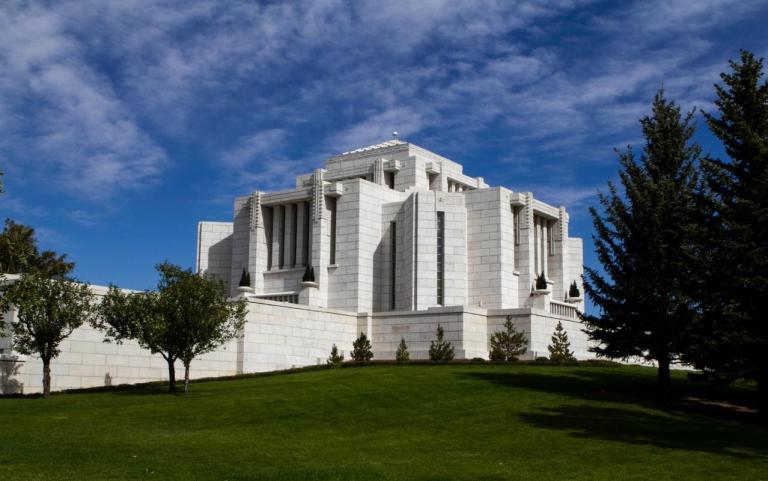
We drove around the Cardston Alberta Temple as we traveled northwards early this evening. It’s always been a favorite of mine, clearly influenced in its design and even, I suspect, in its interior furnishings by Frank Lloyd Wright and his “prairie school” of architecture. True confession: Frank Lloyd Wright almost made me try to be an architect, even before I had read Ayn Rand’s novel The Fountainhead, which was plainly inspired by Wright’s life and career. Probably the principal dissuading factor was my utter lack of even the slightest trace of any visual artistic talent whatsoever – although I’ve since recognized that many others afflicted with the same deficiency have gone on to successful and productive lives in the field.
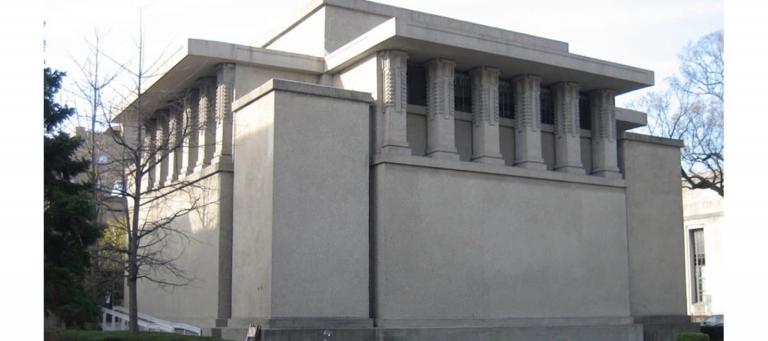
After my marriage, yet another reason emerged to justify my affection for the temple in Cardston: My wife’s maternal grandfather, whom I came to know reasonably well during our first years of wedded life, was a master woodworker who had emigrated from Germany. One of his earliest jobs was working on the interior of the Cardston Alberta Temple, which is famous for the quality of its interior woodwork.
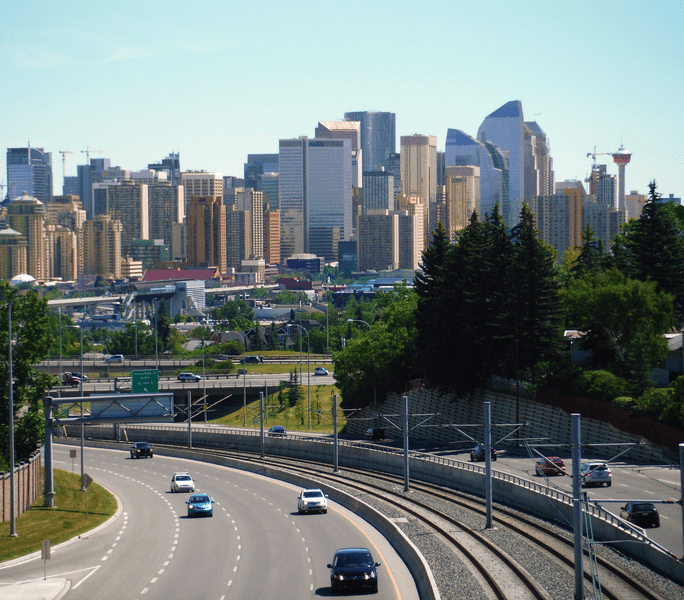
There’s much to like about Calgary and about southern Alberta, and I can easily imagine that more than a few Americans – those, anyway, who don’t settle instead in Denmark, Panama, or Greenland when the invasions there have been concluded — will choose to move here after the Anschluss.
Posted from Calgary, Alberta, Canada



